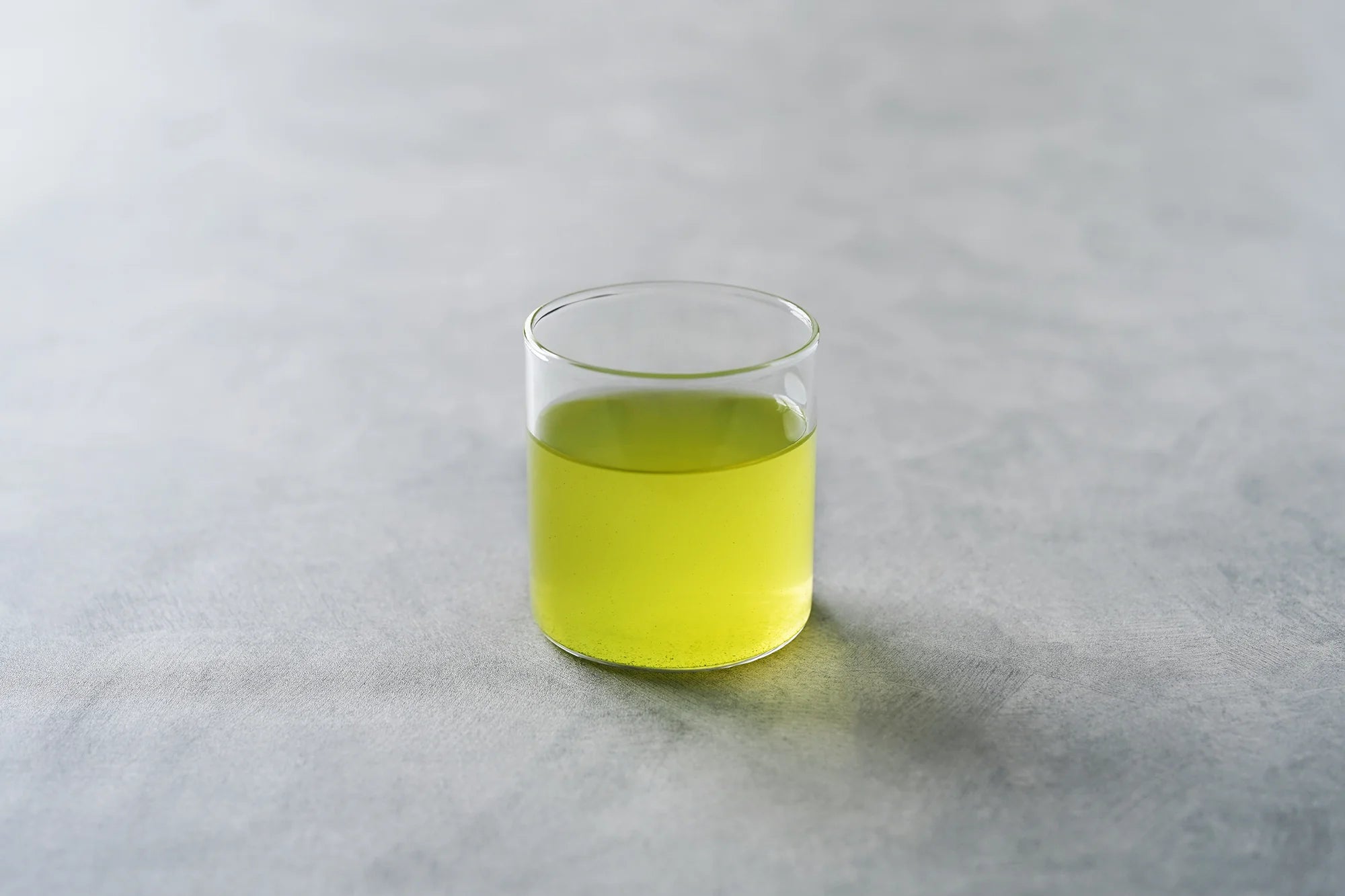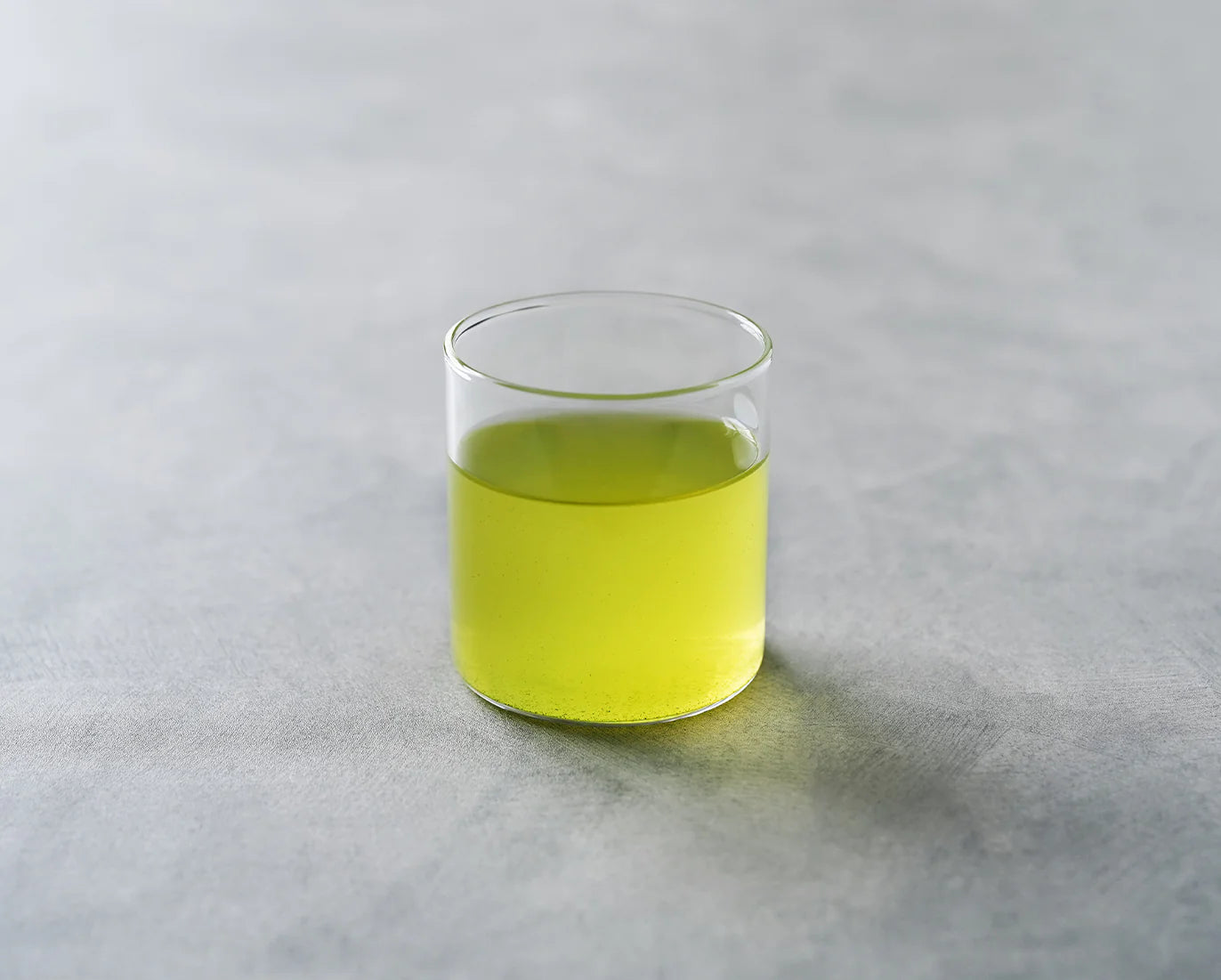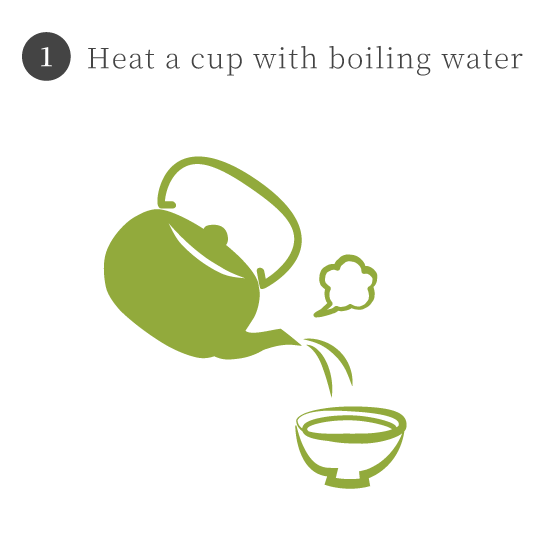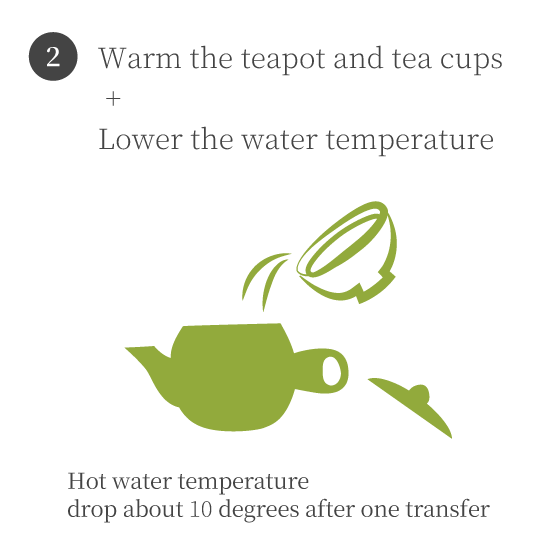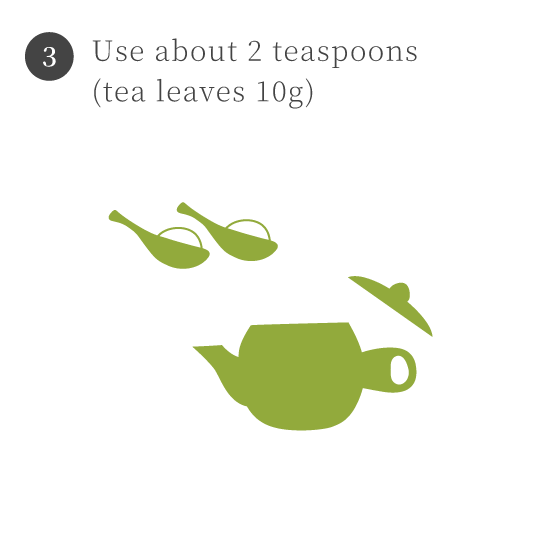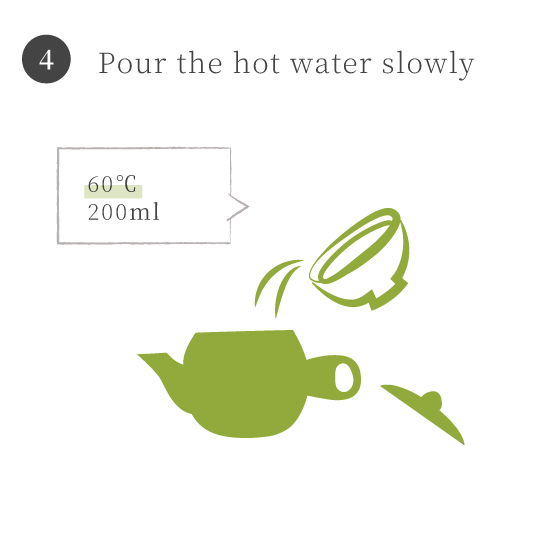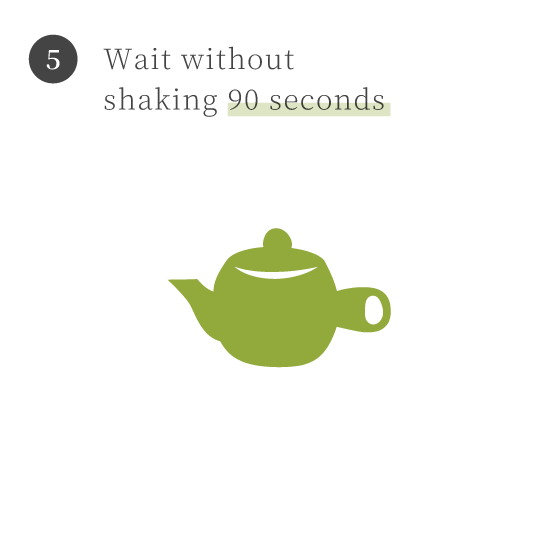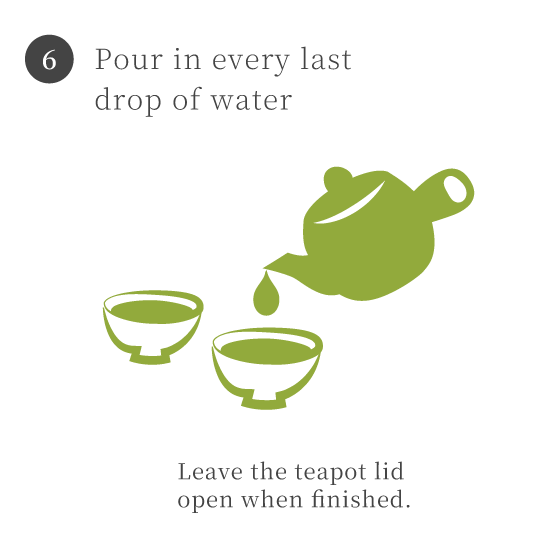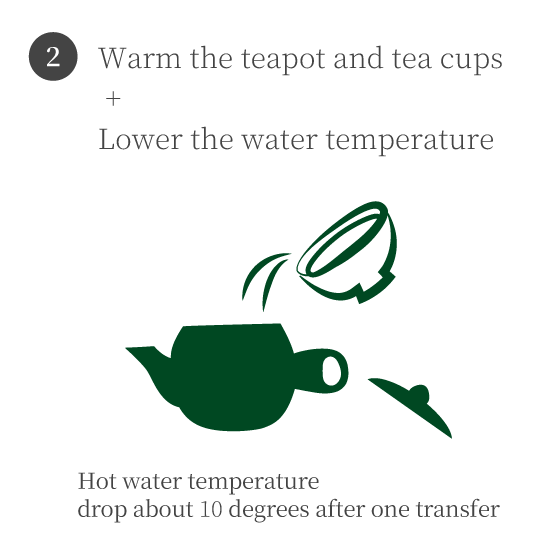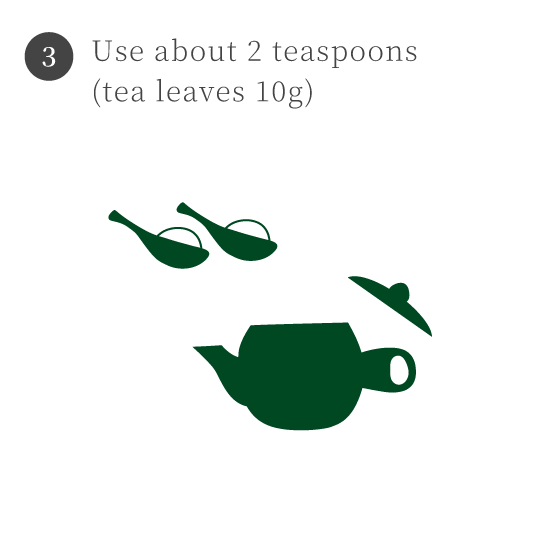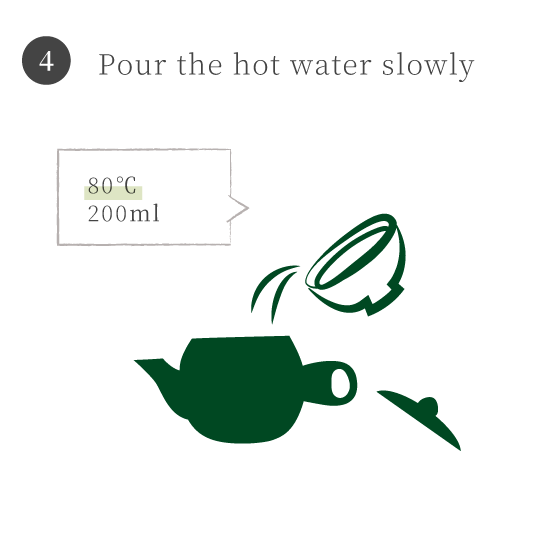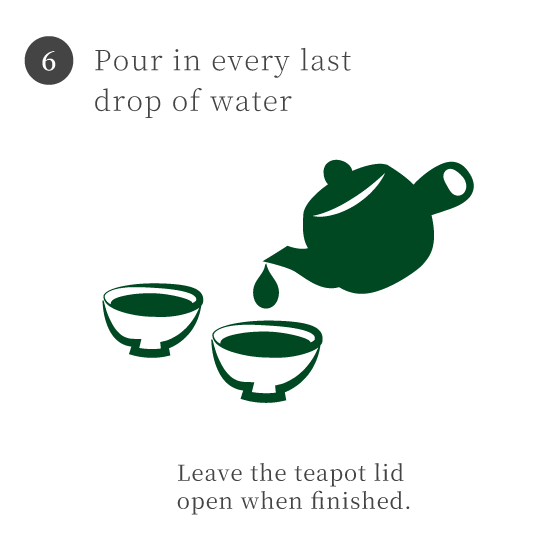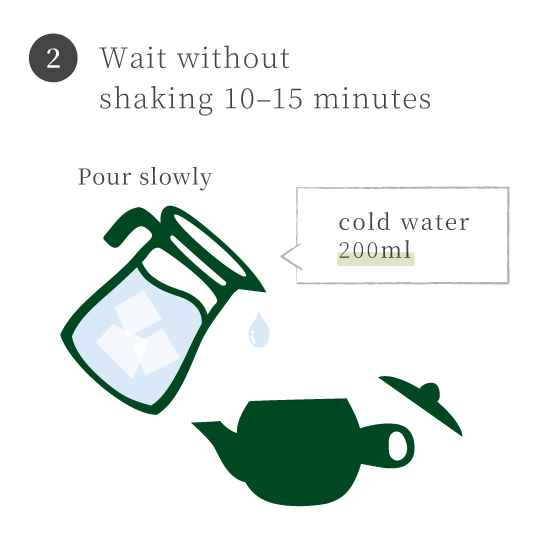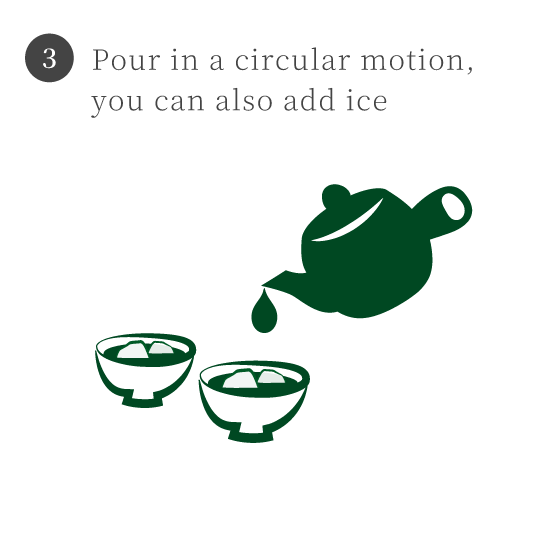With Nakamura-cha, you can enjoy a variety of different flavours just by changing the water temperature.
Nakamura-cha
What Is Nakamura-cha?
Nakamura-cha (Nakamura Tea) is a unique blend available exclusively at Nakamura Tokichi. In tea terminology, "gogumi" means "to blend." We create Nakamura-cha by blending seven types of Japanese green tea, including sencha and gyokuro, using our secret ratios. This blend allows everyone to easily brew a good cup of tea.
Nakamura-cha's appeal lies in its refined flavor, which combines the best aspects of various teas. By adjusting the water temperature, you can enjoy different flavors. No single type of tea can achieve this unique flavor; it is only possible through the careful blending of multiple teas.
Quality Differences
sweetness
-Water temperature 80°C (high temperature)
Bitterness and astringency are prominent, with minimal sweetness lingering in the aftertaste.-Water temperature 60°C (low temperature)
The mellow sweetness and richness of gyokuro are more noticeable, with sweetness overshadowing the bitterness and astringency.umami
-Water temperature 80°C (high temperature)
The taste is quite plain needs thickness. It blends well with bitterness and astringency but is not distinctly noticeable.-Water temperature 60°C (low temperature)
The umami of gyokuro and tencha is more apparent. It feels thick on the tongue initially but fades away quickly.bitter and astringent
-Water temperature 80°C (high temperature)
Less intense than sencha. It has a soft, full-bodied, and plain character with minimal harshness.-Water temperature 60°C (low temperature)
The flavors are not very pronounced. Sweetness tends to dominate over bitterness and astringency, similar to kabusecha.aroma
-Water temperature 80°C (high temperature)
The aroma of tencha is prominent and becomes more distinct with age. The fresh aroma of sencha lingers pleasantly towards the end.-Water temperature 60°C (low temperature)
There might be a faint hint of oika (aroma from covering) from tencha and gyokuro, along with a kabuseka (aroma from overlaying). The aroma is not sharp or clear but rather soft and full-bodied
How to Make Good Cups of Tea (for two)
How to bing ot the Sweetness
* After the second infusion, do not wait after pouring hot water, but pour it out.
How to bing ot the bitterness
* After the second infusion, do not wait after pouring hot water, but pour it out.
How to make a Smooth Cold Brew
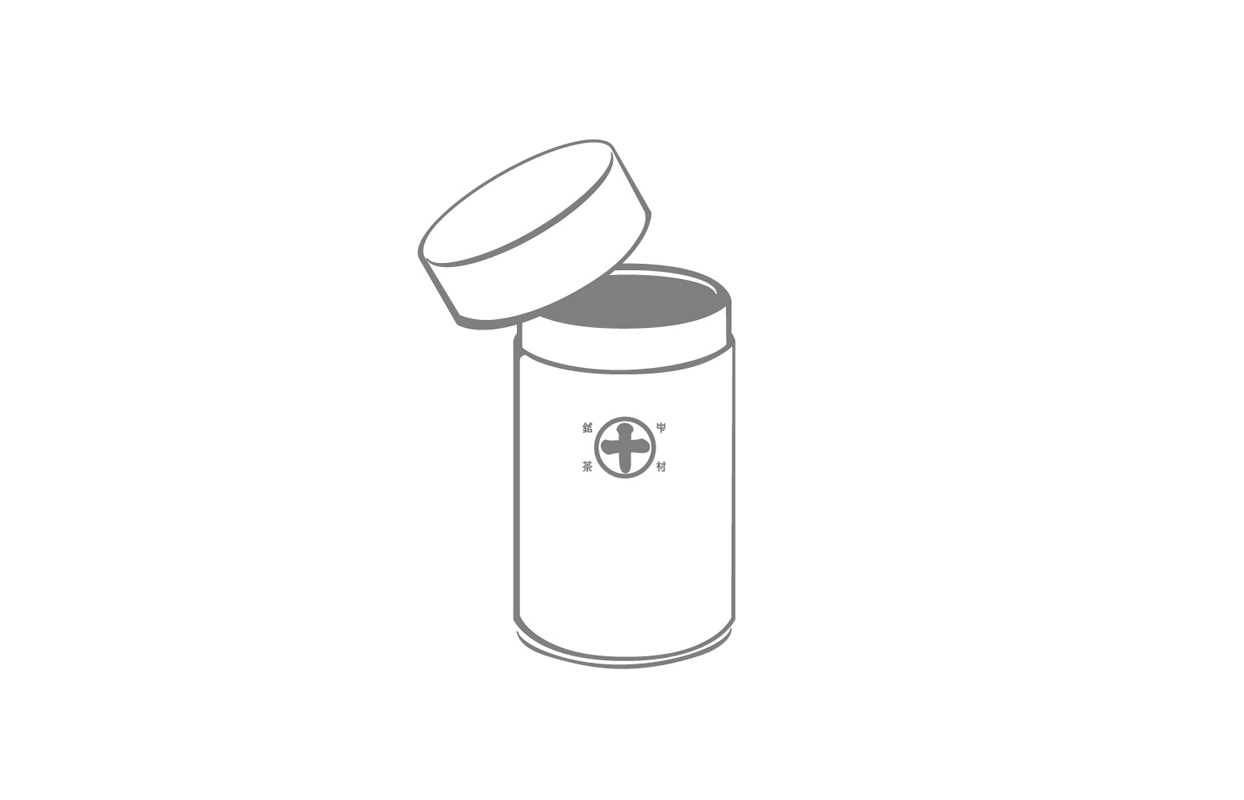
how to store
Here are some tips to keep your tea fresh and enjoy it to the fullest.



